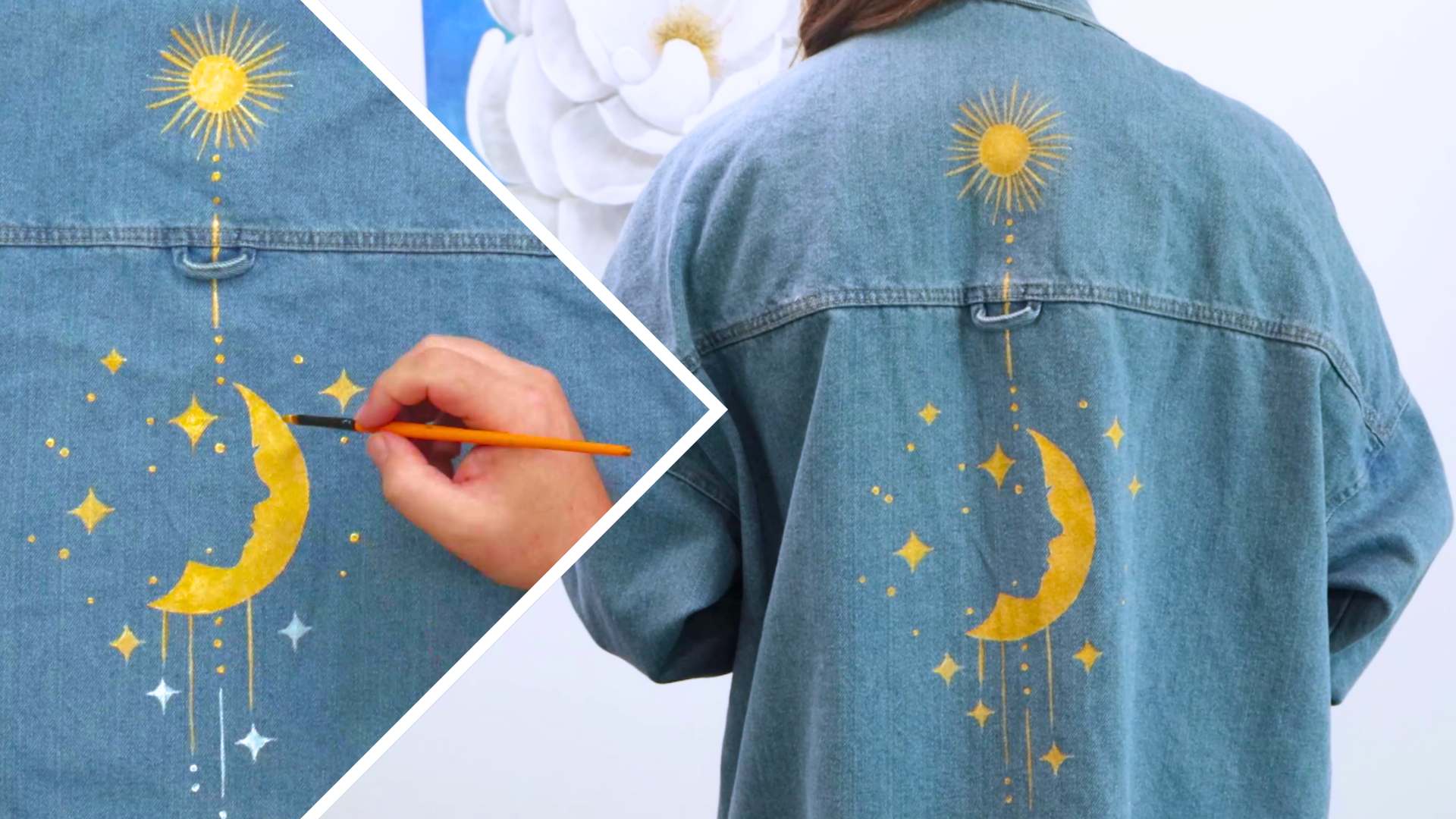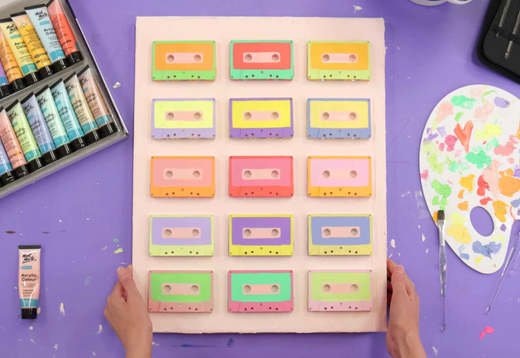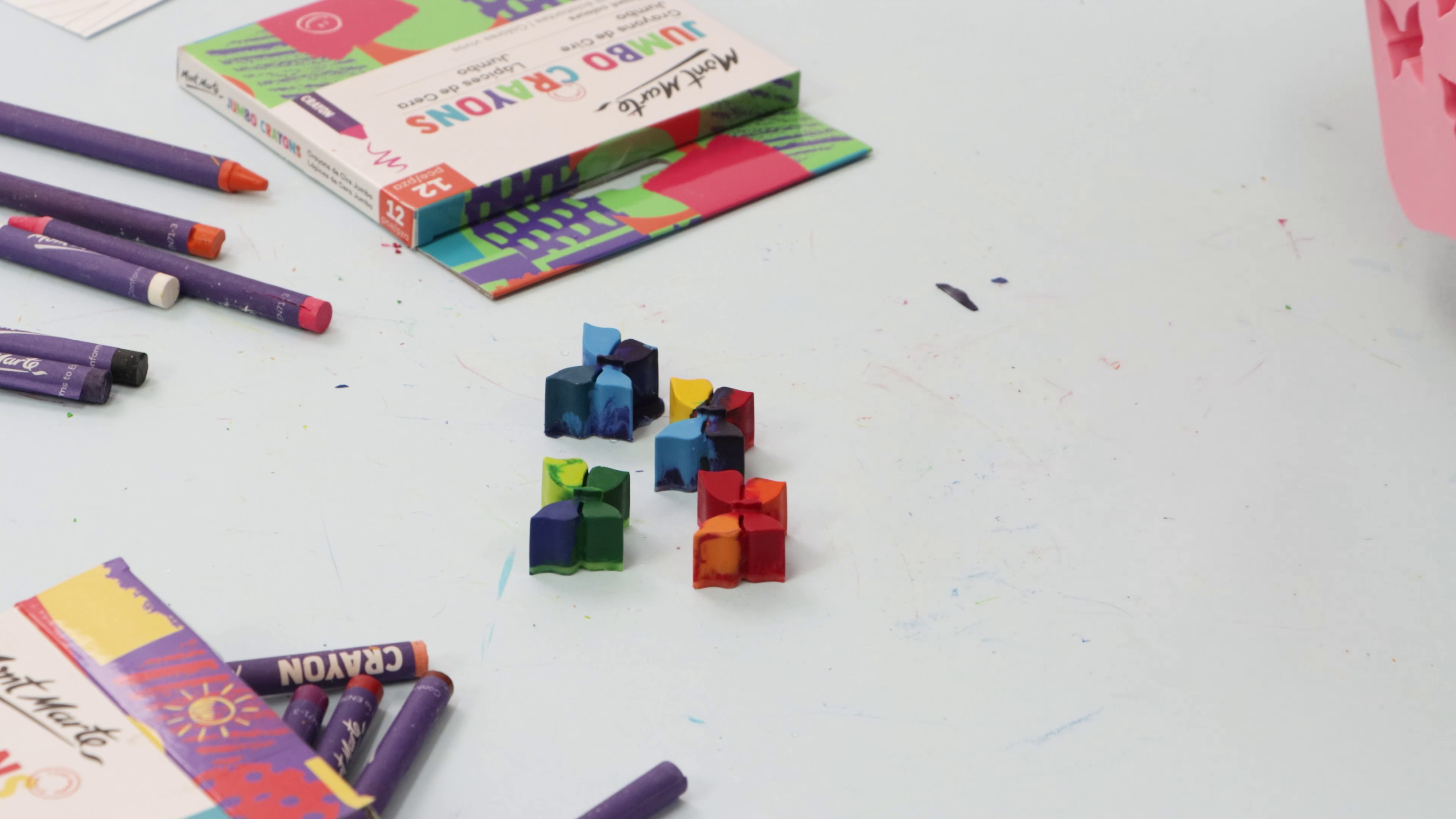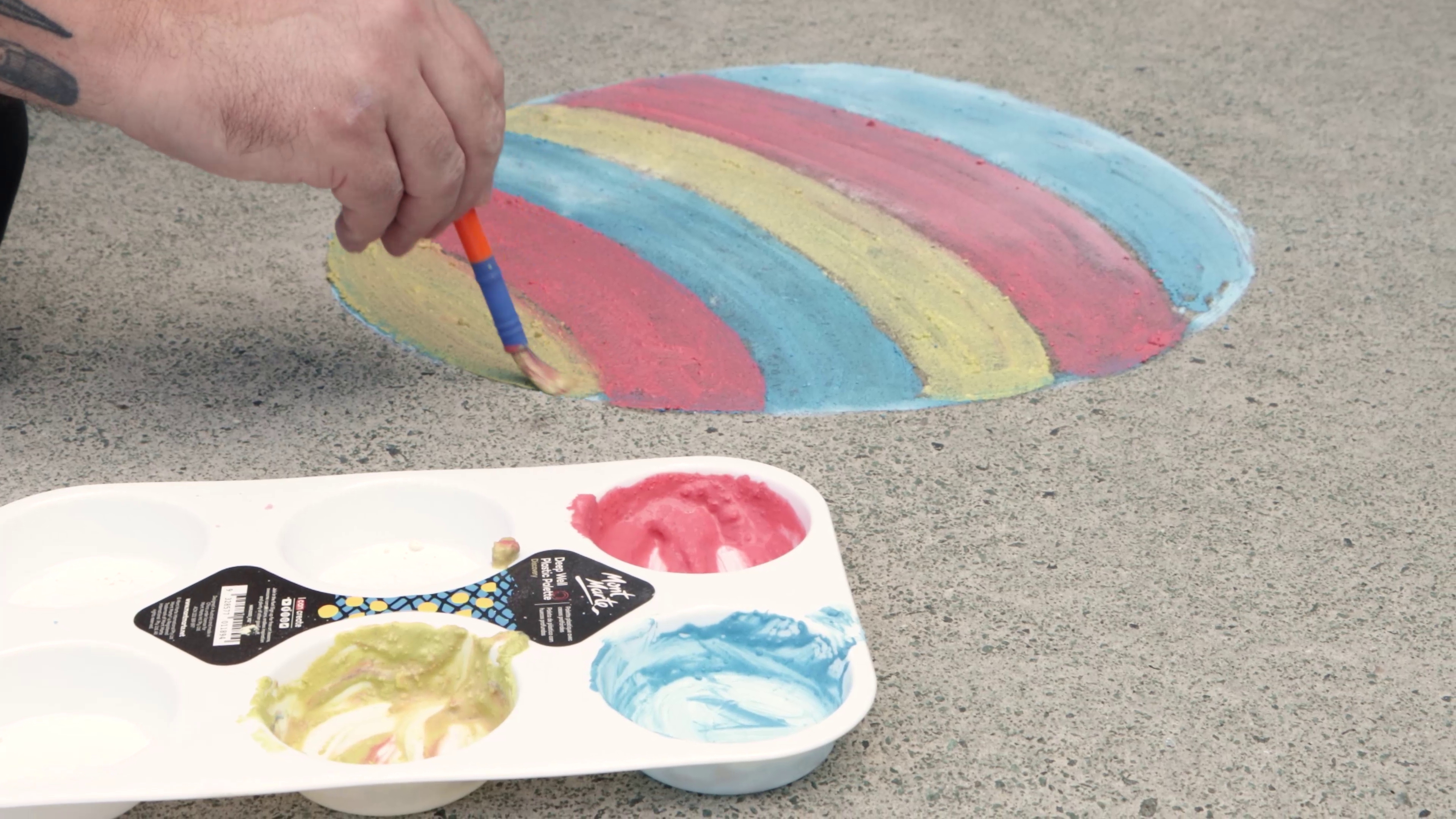Create a triceratops dinosaur sculpture in polymer clay part 1
In this lesson we go back to the late Cretaceous as we sculpt a realistic Triceratops sculpture in Mont Marte Make 'n' Bake Polymer Clay.
Step 1 Building the armature.
Refer to the 3rd image of this PDF and cut out the whole template and tape it onto the middle of the oval wood palette.
Drill the holes in the appropriate positions. Next separate a 3/16 booker rod and place it through the hole for the front left leg. Fasten the rod with the washers and nuts and tighten with pliers.
Follow the instructions and make the two bends and then make the 3rd bend almost horizontal. Next follow these same steps for the right rear leg and then the front right leg.
Continually check the bends are correct with the with frame diagram. Once the rods are in, find the cut off points and finish the end on the horizontal part off each rod. Ensure it is at least 1 cm inside the top view perimeter line.
For the leg create a length of wire with three lengths of wire woven together and bind it to the cut off point of the rear right leg, use this length to create the knee bend and then the ankle joint and bind it to the lower portion of the front left leg.
Next cut 3 lengths of wire for the spine and cut it longer than needed and weave them together.
Fashion the shape of the spine to the side view and bind it to the central point across the horizontal area of the booker rods. Bind it with tie wire.
Bind some lengths on in order to support the horns in the appropriate positions. Fashion a length of wire into the shape of the head frill from the plans and bind onto the appropriate area of the spine.
Weave some wire across the face to hold the clay. Next bulk out the main body region, tail and the neck with alfoil and bind it to the armature.
Finally finish all the ends with the cutting part of the pliers.
Step 2 Adding the armature shell.
Roll out 4 blocks of clay between two sheets of alfoil with a rolling pin to a thickness of 4 mm. Peel off the top sheet of alfoil and discard it, then cut 5 cm wide strips with a ruler. Then wrap these strips around the armature and smooth the joins with a flat modelling tool. Next encapsulate the head crest and trim. Finally add some clay to bulk out the head area and smooth it all in. Follow the instructions on the back of the clay packaging and bake. Let this cool.
Step 3 Applying the top clay layer of the body.
Referring to any reference you have lay in the areas of muscle and bone with appro pi ate sized and shaped bits of clay. Areas like the backbone, pelvic bones, shoulder bones and the rib cage. Next roll a very thin sheet of clay and lay it over the body and smooth it all in ensuring there are no air pockets. You can then start to bulk out the legs. Take the rough measurements from the views and apply them to the model. The method to do this is to add more clay than you need and then subtract and refine each leg until you are happy. At this point just finish the feet areas off to a smooth shape, as we will be adding the toes in on top in the detailing stage.
Step 4. Detailing the body.
At this stage we refine and add detail. Add in any sagging of skin and any muscles and bones in the legs. Then start with the feet. Create 5 toes for each foot and lay them on to the roughed in shape at the end of each leg and blend them in. Refer to the foot drawing on the 3rd image sheet on the PDF for reference. Refer to the video for guidance on the 2 feet that are risen off the ground as they would have more closed in appearance.
Step 5 Detailing the head.
The elements of the head are best created in this order:
1) The bottom of the jaw
2) Bulk out the top of the head
3) Create the beak
4) Fill out the cheeks
5) Lay a thin sheet over the head crest and smooth it
6) Fill in the voids in the rear of the head
7) Shape the sides of the had
8) Add the horns
9) Add the orbital part of the eye and create the eyes
10) Create the nostrils.
The last stage is to add detail. Lay a small tube around each horn and smooth it roughly in and add texture. This will suggest the join. Create some texture in the way of lines over the horns and around the eyes.
Step 6 Suggesting the skin texture.
To suggest our dinosaurs scaly skin we have to make a stamping tool in which to create positive impressions with. To do this, fashion a slightly conical tubular shape about 6 cms long by 3 cms wide with clay, and dome each end. In one end create a series of holes very close together with the tool baring the needle profile. On the other side, do the same with the tip of a pencil. This creates a larger hole. Now bake this. Follow the instructions on the packaging. Let this cool. To create the impressions, press the tool into the clay and roll from side to side. Use the large impression on the back and the small impression for the rest of the body and head crest. The last step is to add the little frills around the head crest. Create these with a series of small triangles. Smooth each one in.
Step 7 Creating the nest. Triceratops nest was apparently a shallow hole in the ground with slightly risen sides. So create a rim and blend it into the base. Then create a few egg shapes and cut them in half and sit them in the centre of the ring.
Material List
- Traditional Wood Palette Signature 30 x 38cm (11.8 x 14.9in)
- Mini Modelling Tools Signature 10pc
- Clay Tool Set Signature 11pce





























